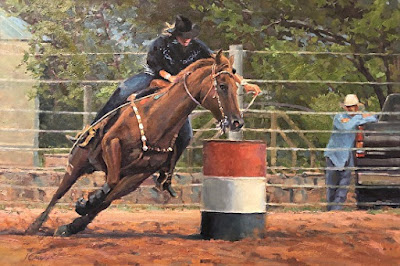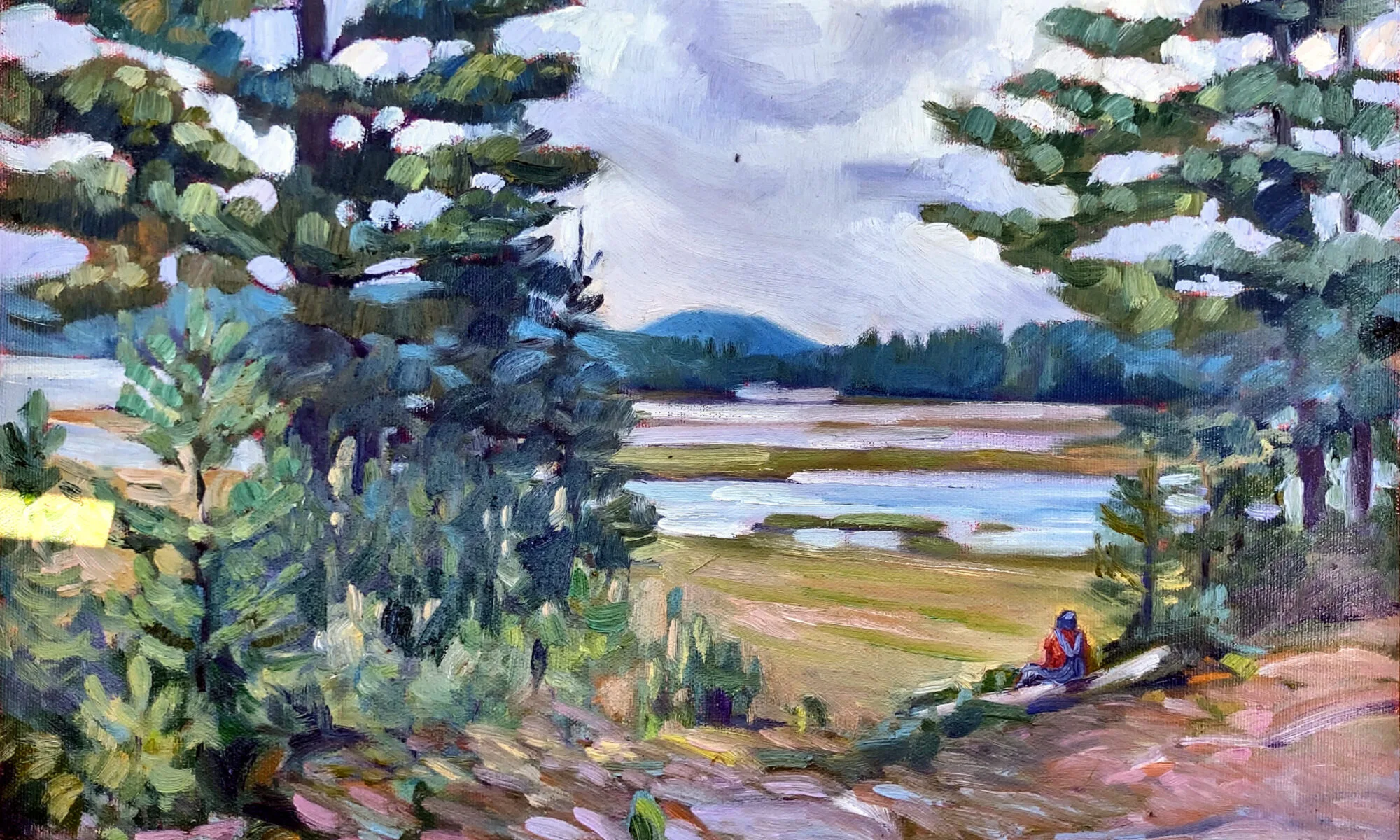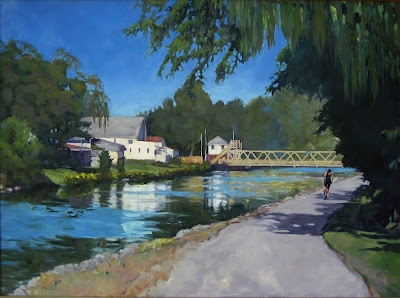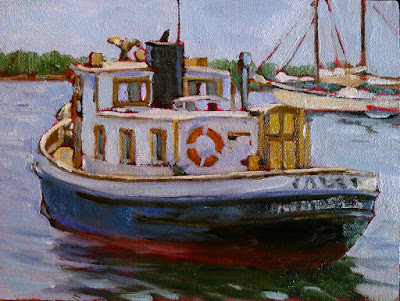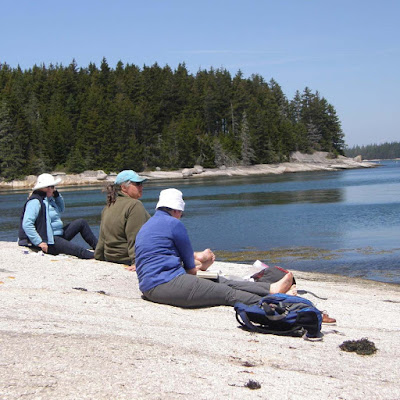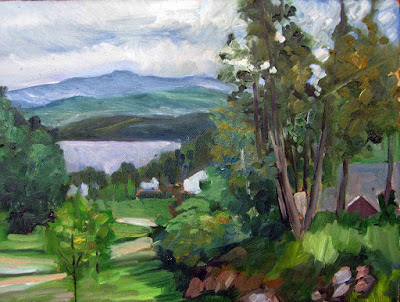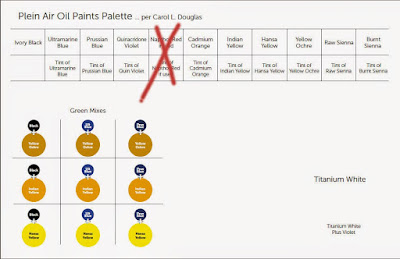Don’t blame people’s short attention spans. Blame your overstuffed museums.
 |
|
Above the Eternal Tranquility, 1894, Isaac Levitan, courtesy State Tretyakov Gallery
|
A landmark study conducted at the Metropolitan Museum of Art in 2001 found that the mean amount of time visitors spent looking at great works of art was 27.2 seconds. However, the mode—the number seen most often—was just 10 seconds. In 2017, the study was repeated at the Art Institute of Chicago, with almost exactly the same results.
There was one striking difference, however; the later study found those times included people taking selfies with the work. This was common across genders, race and age. It meant that the already scant time that museum-goers were spending looking at paintings was being deflected into the act of making self-referential photos.
 |
|
Westminster Abbey with a procession of Knights of the Bath, 1749, Canaletto
|
Recently, Tate Modern cited a study saying their average viewer spends eight seconds looking at a piece of art. Another study declared that gallery goers spend two seconds looking at the painting and eight seconds reading the label, a trend that depresses me more than the selfies. The illustration for the latter story was of a couple reading the label for a large solid-grey canvas. Perhaps two seconds was actually too long.
Clearly, people don’t spend much time looking at paintings when they visit museums. But for some reason, museums are very popular with tourists. Among the world’s leaders are the Louvre, with 8.1 million visitors; the Met, 7 million; the Vatican Museum, 6.4 million; Tate Modern, 5.6 million; and the (US) National Gallery, with 5.2 million. That’s a lot of people milling through buildings stuffed with things nobody wants to look at.
To combat this, Tate Modern is pitching something called
slow looking. They want you to look at paintings for ten minutes, but
saythat five minutes or half an hour are okay, too. “To keep track of time, set a quiet timer on your phone or try simply counting a number of breaths.”
 |
|
Portrait of a Lady, c. 1460. Rogier van der Weyden, courtesy National Gallery of Art, Washington DC
|
Please, no. Painting and sculpture are unique in that they don’t impose obligations on our time. Once we open a book or take a seat at a movie, we’ve obligated ourselves to sit through a narrative whose duration is laid out for us. With painting, we’re free to walk right past or to take a bench and sit for an hour.
Obviously, nobody metered the time spent looking at all the works in any of these major galleries. The Metropolitan owns 2 million pieces; the Art Institute of Chicago has about 300,000. (Of course, only a fraction of them are on display.)
What works were they measuring? There’s more content in a
Roger van der Weydenaltarpiece than a stripe painting by
Kenneth Noland. There’s the architecture, the starched linen coifs, a blood vessel throbbing below a monk’s tonsure, the oddly-plucked hairline of a lady, and angels with wings that match their gowns.
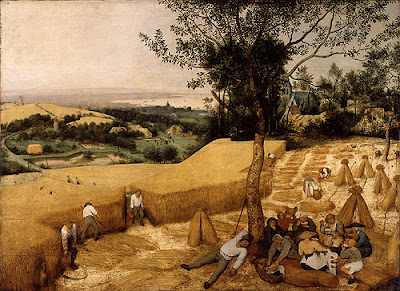 |
|
The Harvesters, c. 1565, Pieter Brueghel the Elder, courtesy the Metropolitan Museum
|
One of the powerful attributes of visual art is how it can disengage you from time and place. Stand in front of a
Canaletto and you’re suddenly in Venice. But that isn’t going to happen with someone at your elbow, silently pushing you along.
Of course, paintings were never intended to be hung in a crowded museum. They were originally in churches, dining rooms, drawing rooms, and public halls, as part of the experience of that place. People looked at them over many years. Perhaps the problem is not our digital age, but the massive warehouses of art we’ve created and called museums.
